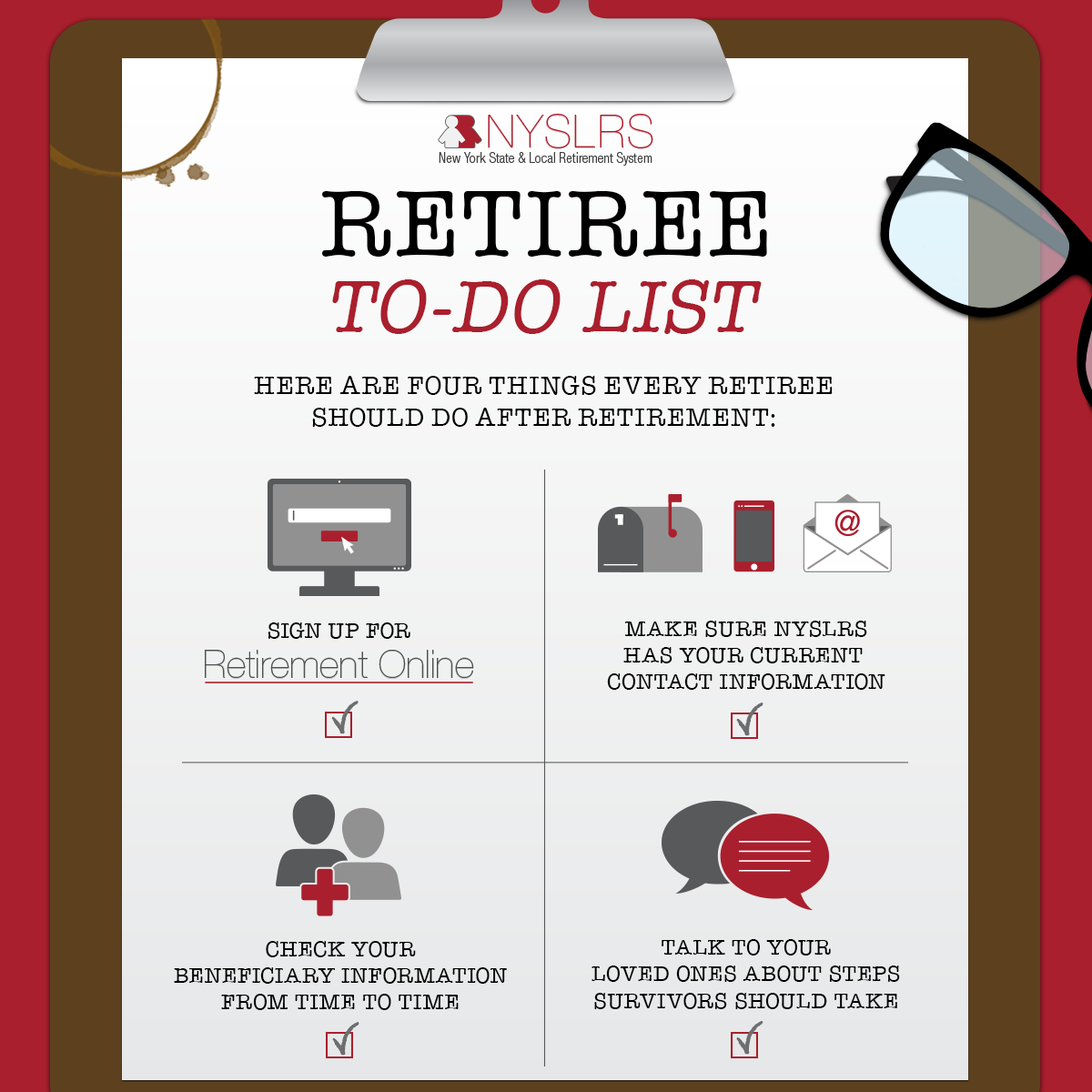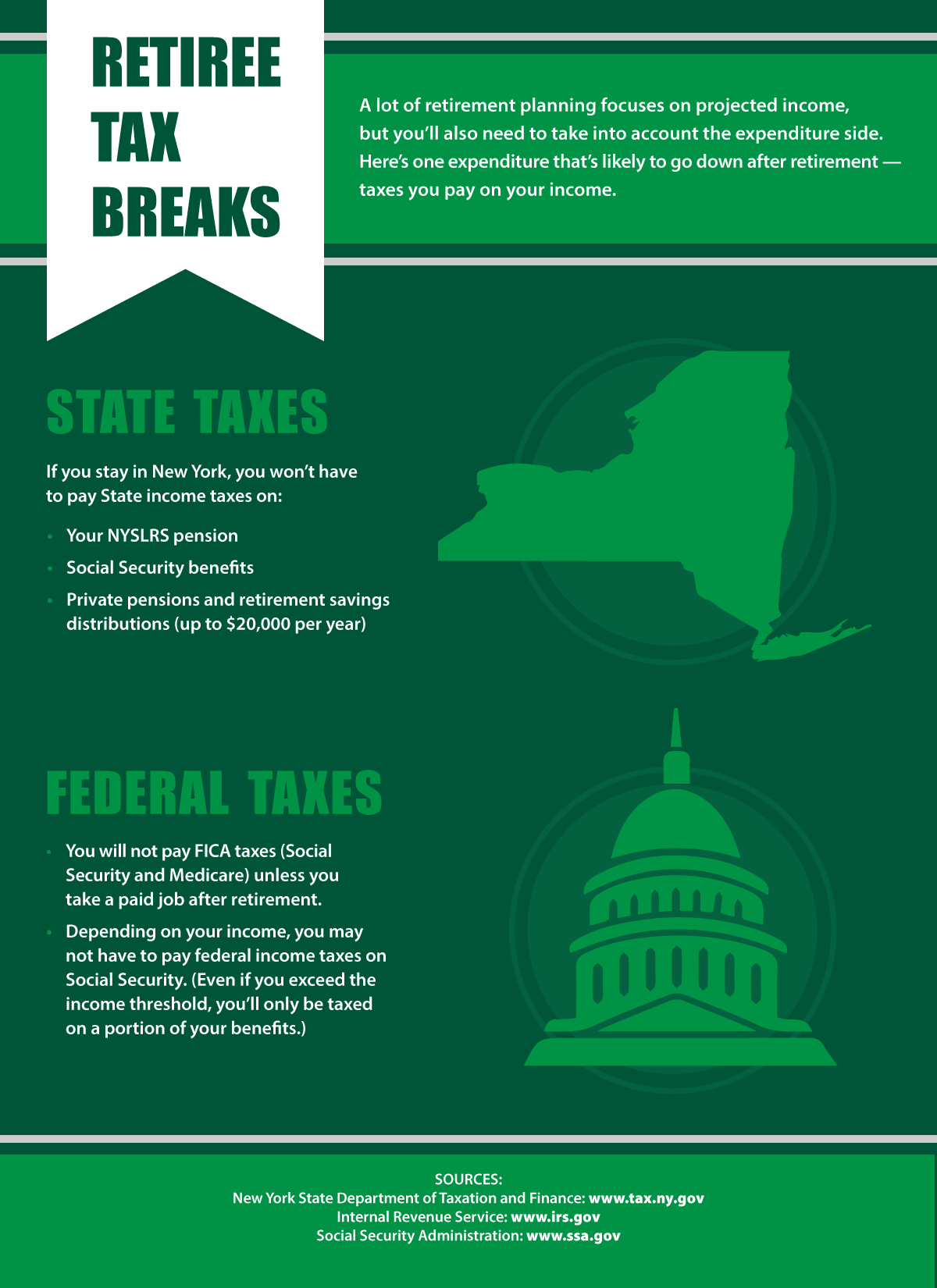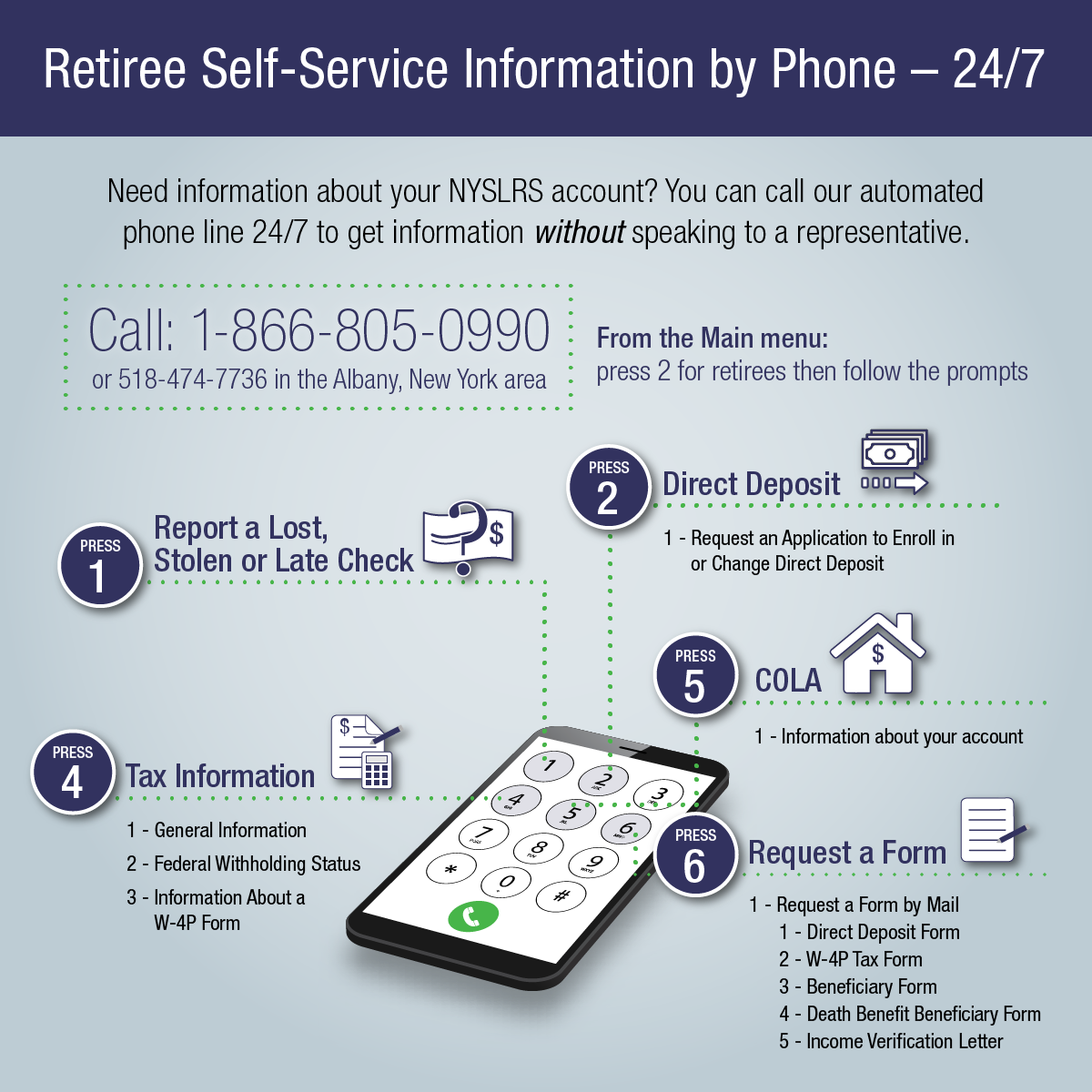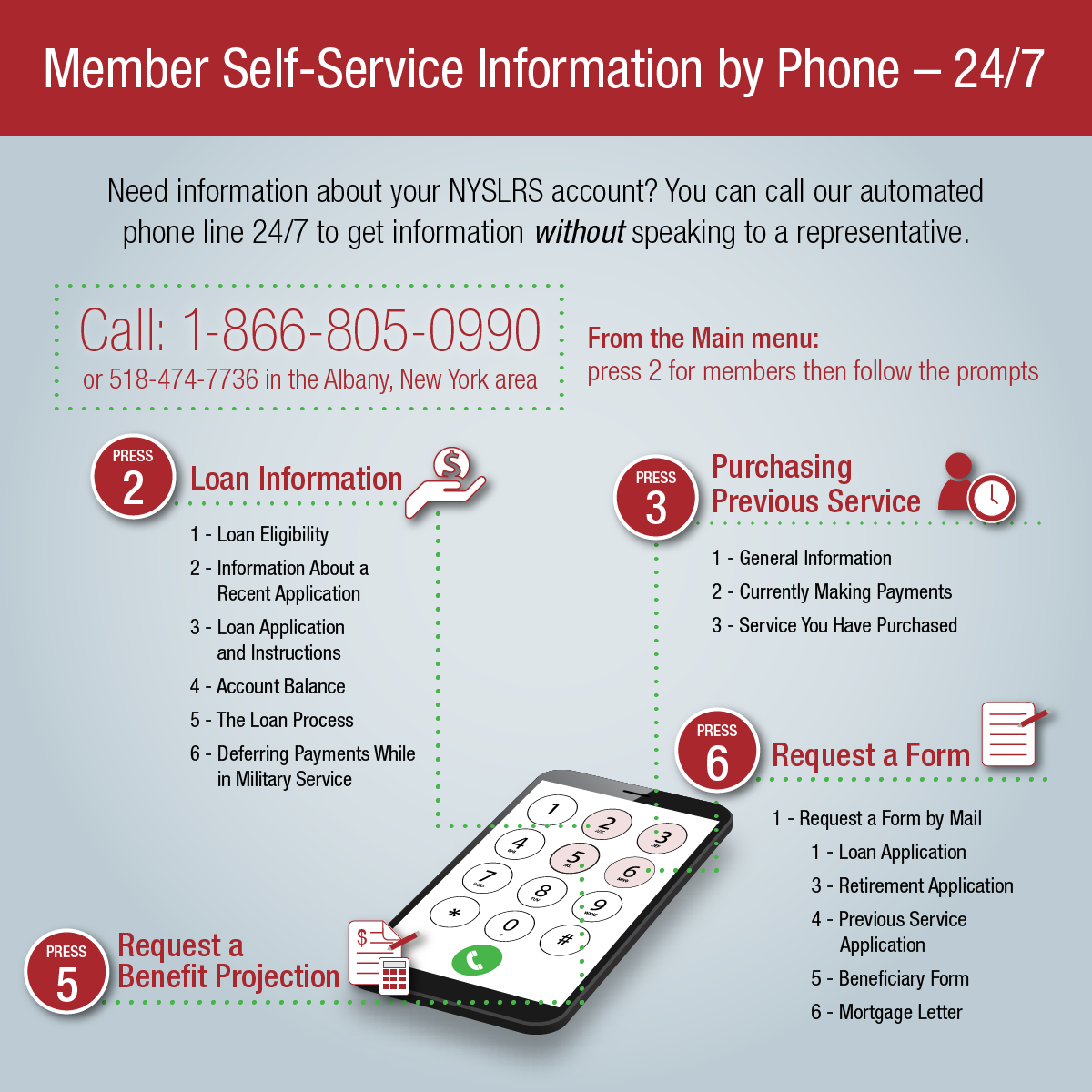When a NYSLRS member or retiree dies, it is important that survivors report the death to NYSLRS as soon as possible.
How Survivors Can Report a Death
Survivors can find the report a death form on the NYSLRS website.
The form has two parts: The first section is for the person reporting the death to enter information about themselves. They should be sure to include a phone number in case we need to contact them. In the second part, they should enter information about the deceased member or retiree. If they know the deceased’s NYSLRS ID or the last four digits of their Social Security number, they should enter that too.
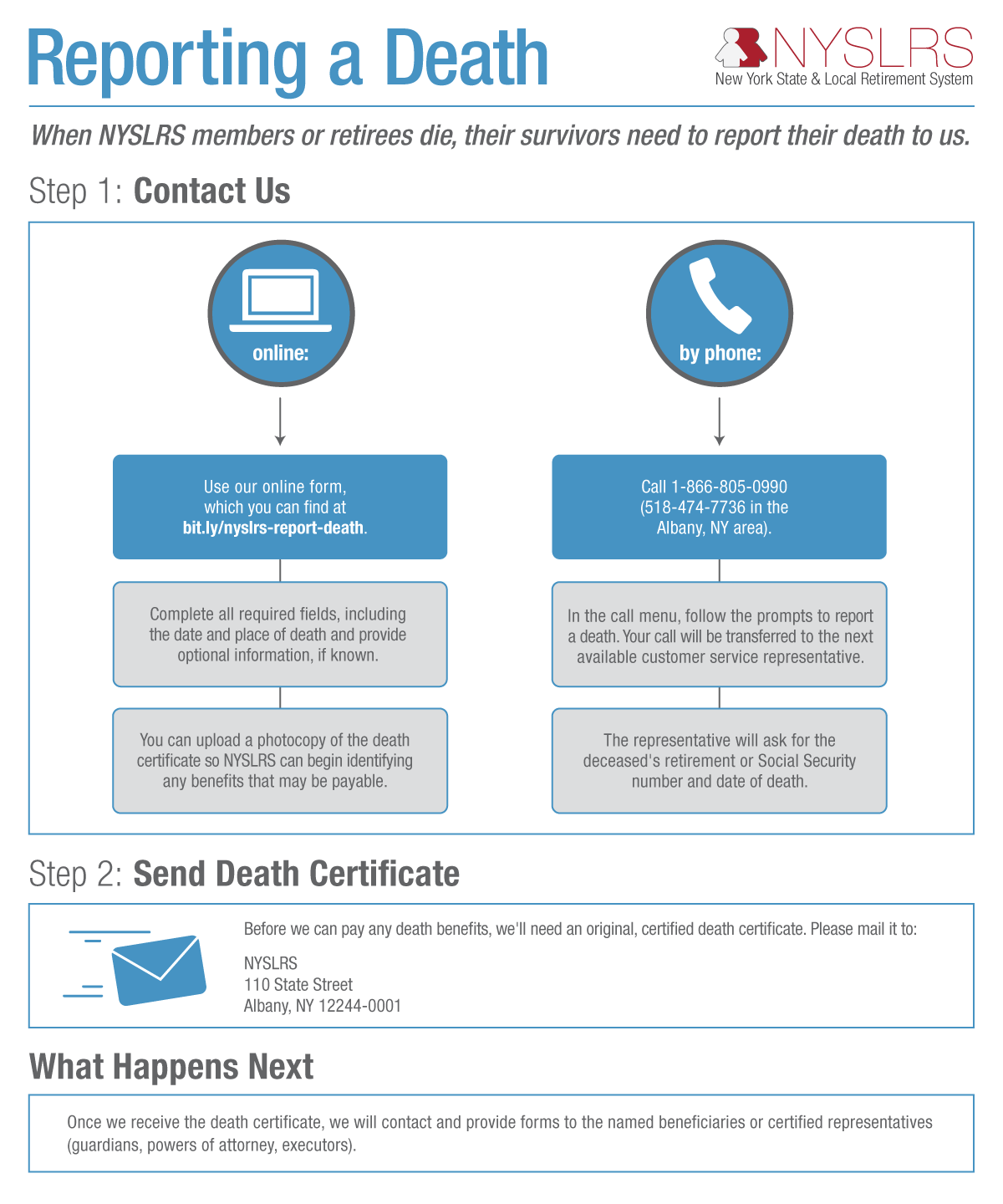
Survivors can upload a photocopy of the death certificate so NYSLRS can begin identifying any benefits that may be payable. (Note: we will still need an original death certificate before any benefits are paid – see below.) The form is transmitted over a secure network.
Survivors can also report a death by calling our toll-free number at 1-866-805-0990 (or 518-474-7736 in the Albany, New York area), weekdays from 7:30 am to 5:00 pm. Once they reach the call menu, they should press 3, then 1. The call will be transferred to a customer service representative, who will ask for:
- The deceased’s NYSLRS ID, retirement or registration number or Social Security number.
- The date of death.
We may also ask for the addresses and phone numbers of immediate family members who may be beneficiaries. Please note: Our customer service representatives cannot release the identities of a member’s or retiree’s beneficiaries over the phone.
Mailing a Death Certificate
Before any death benefits can be processed or paid, NYSLRS will need an original, certified death certificate, even if a photocopy has already been submitted. The death certificate (and the sender’s contact information) should be mailed to:
NYSLRS
Attn: Survivor Services
110 State St
Albany, NY 12244
We recommend that death certificates be sent by certified mail, return receipt requested.
What Happens Next
Once we receive the death certificate, we will send named beneficiaries or their certified representatives (guardians, powers of attorney, executors) information about death benefits and, if applicable, information about any continuing pension benefits and death benefits that may be payable based on the member or retiree’s tier and retirement plan. We will also send named beneficiaries the appropriate forms to complete.
It could take several months from the date we are notified of a death to the date that any death benefit is paid. This is the average time necessary to recover any pension payments made after the retiree’s death and calculate any death benefit that may be due, as well as receive a certified copy of the death certificate, tax withholding forms and notarized forms from the named beneficiaries. Our top priority is paying a continuing pension benefit as soon as possible.
If a member is retired when he or she dies, we will stop payment of any outgoing pension benefits. We will automatically reclaim any direct deposit payments that went out after a member’s death. Survivors should be aware that any uncashed pension checks in a deceased retiree’s name must be returned to us.
Talk to Your Loved Ones
If you’re a NYSLRS member or retiree, you should talk to your loved ones and provide them with the information they’ll need when the time comes. Let them know your wishes, where to find important papers and what steps they will need to take. And if your documents are organized and accessible, it will make things that much easier.
Our publication Getting Your Affairs in Order and A Guide for Survivors provides step-by-step guidance about what should be done now and after a member’s or retiree’s death.









